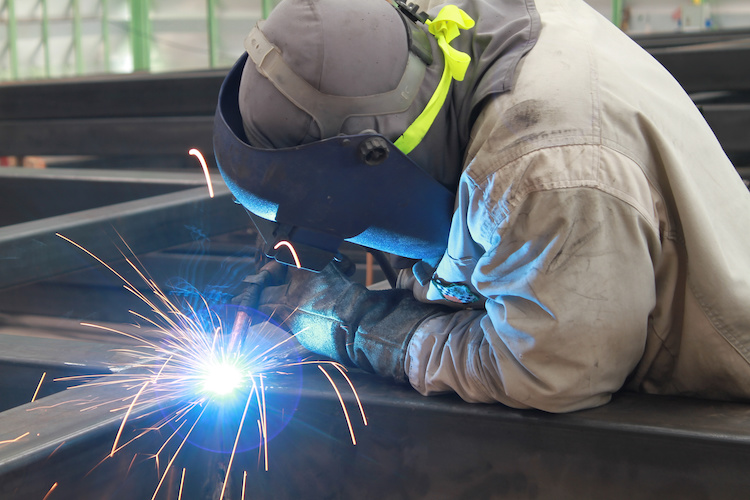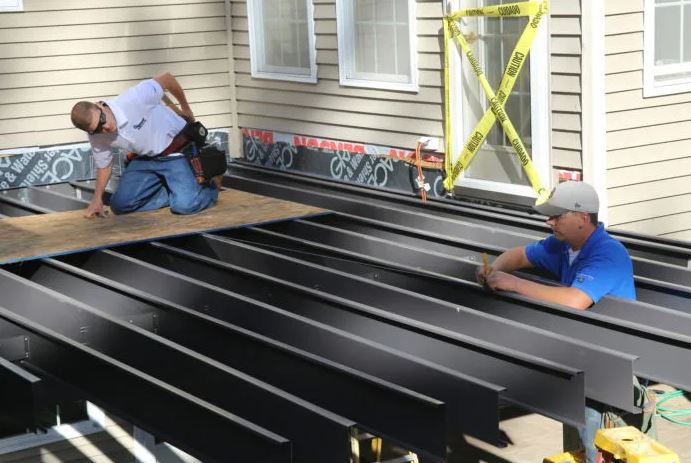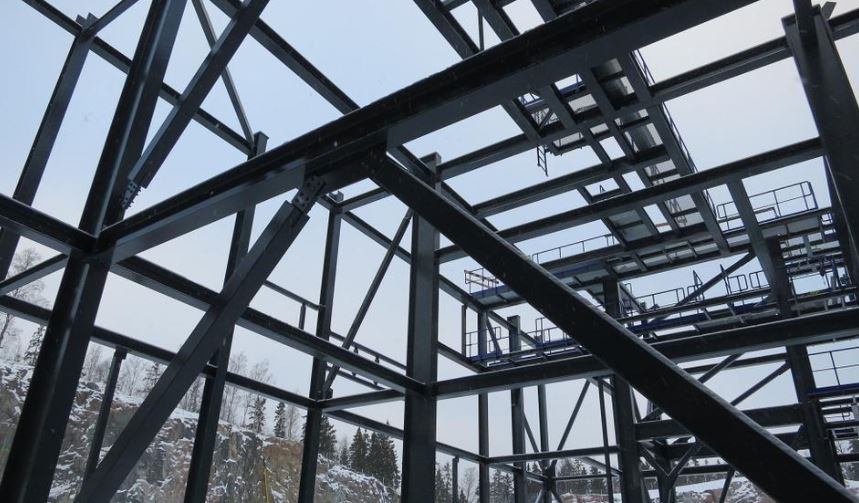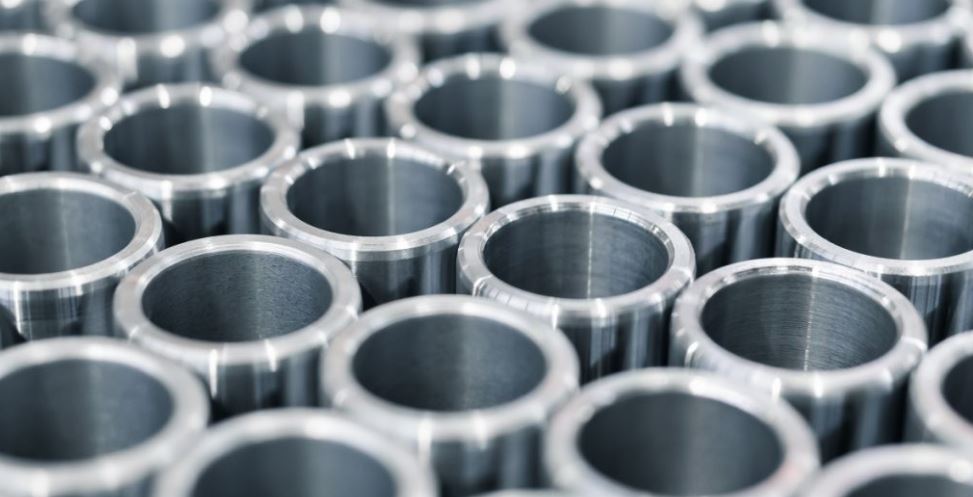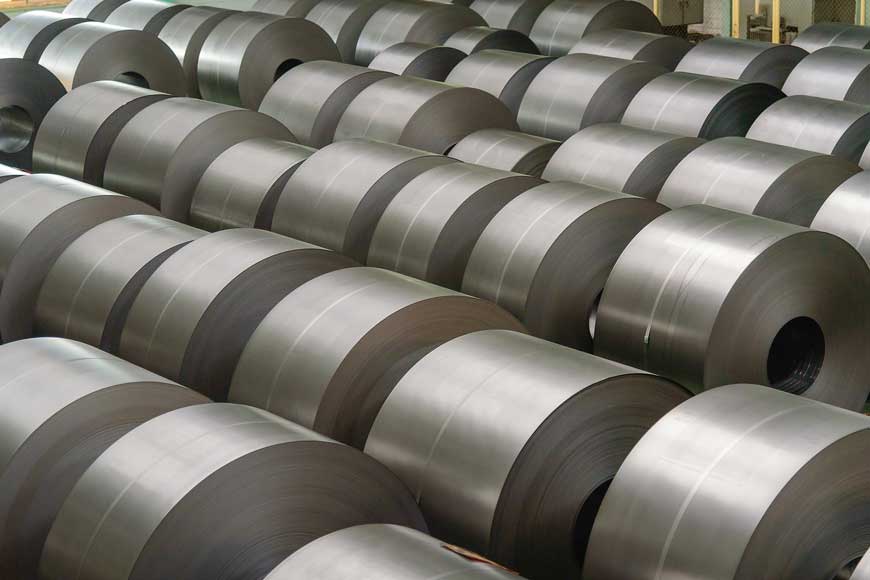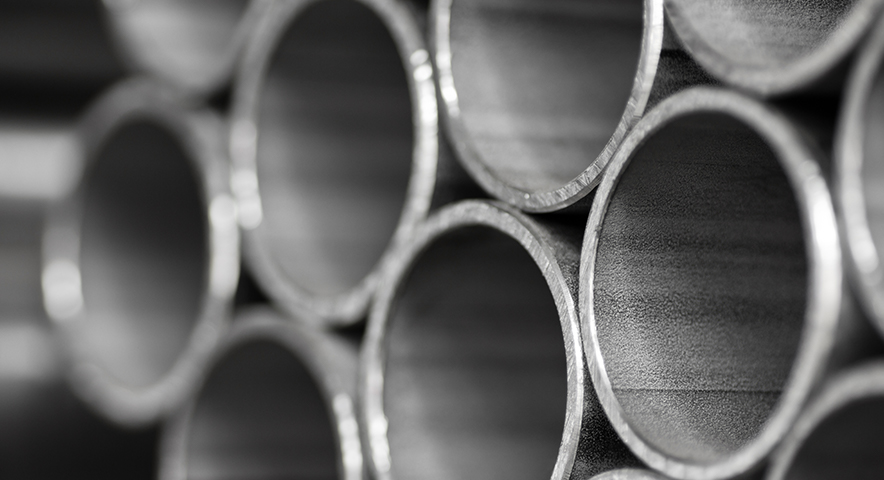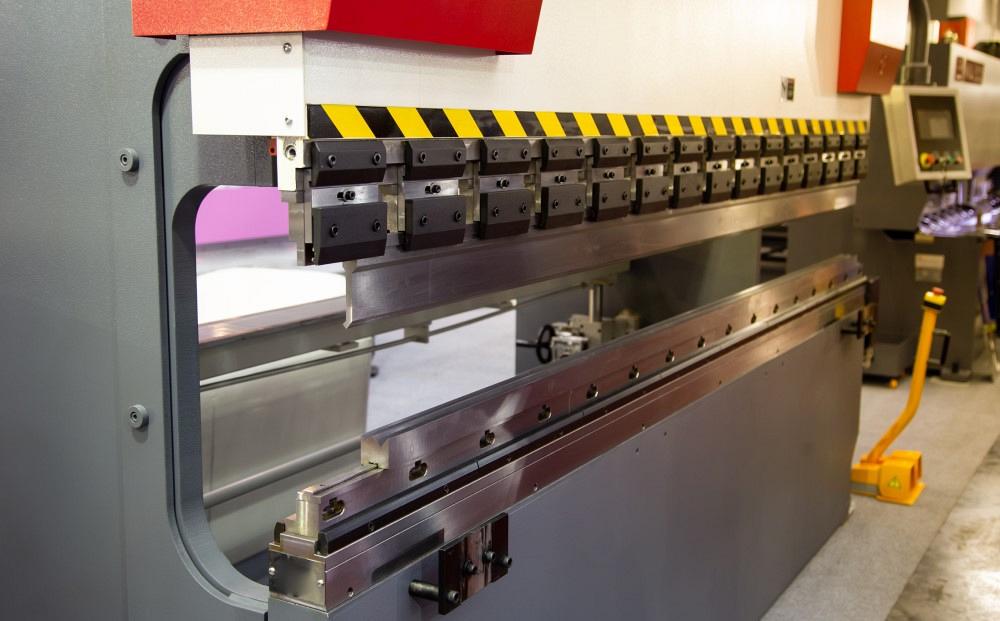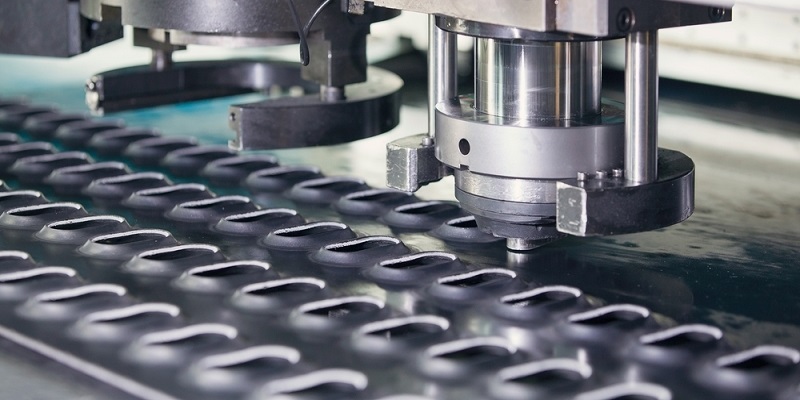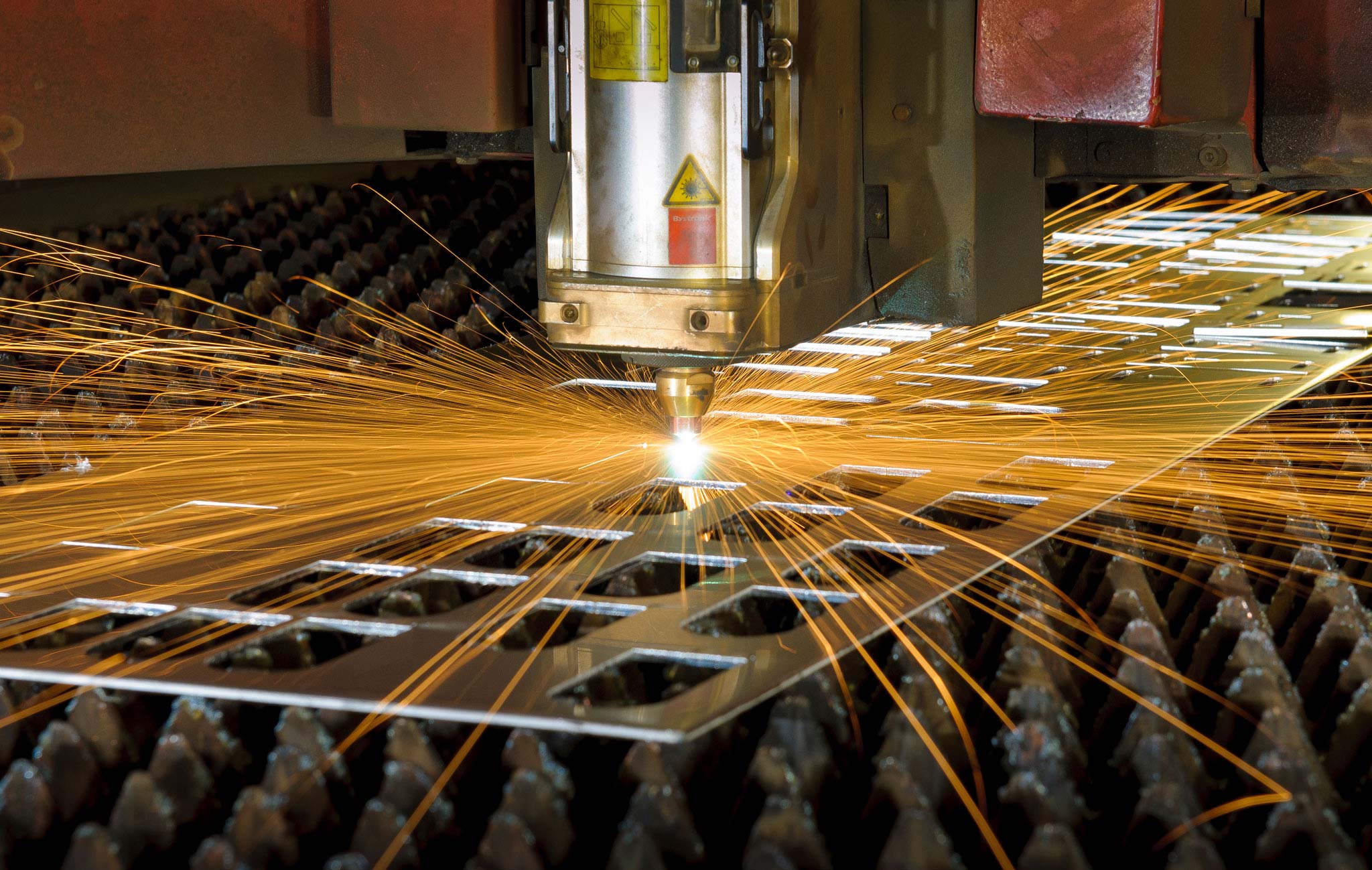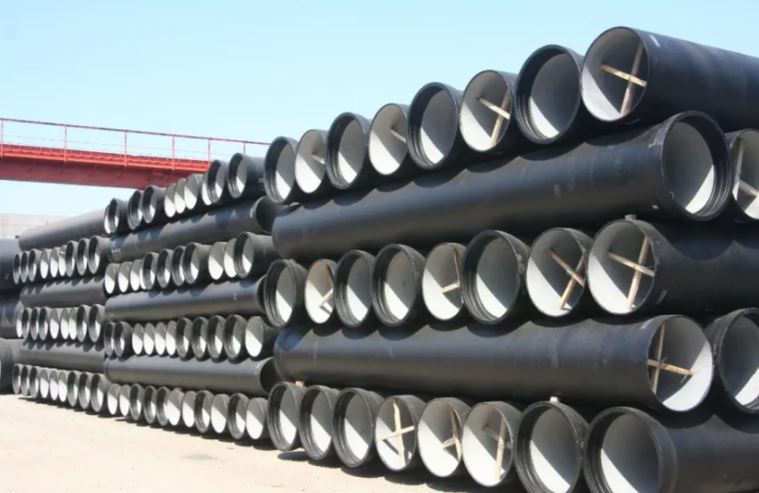Fabrication of steel is a technique of creating a variety of components and items that we utilise on a daily basis. It’s a method of converting raw steel into a set of items that can be used in building projects. This procedure entails taking crude ingredients and forming them into the desired shape. You can contact bharat steel suppliers in Chennai for high-quality steel supplies.
The natural resources are cooled down and converted into completed steel products before being formed into various shapes in this manner. Steel production necessitates highly skilled personnel with prior expertise converting raw materials into marketable products.
The application of steel fabrication is determined by the end-use of the produced product. However, steel fabrication falls into three main categories,
Structural fabrication
Metalworking that is employed as part of the construction process is referred to as structural fabrication. Typically, stores, manufacturers, buildings, and skyscrapers use structural manufactured steels purchased from reputable steel dealers in Chennai.
Commercial fabrication
Fabrication for Business technique creates consumer-oriented commercial products. The greatest examples of businesses manufacturing are appliances and automobiles, as well as steel parts.
Industrial fabrication
Fabrication in the workplace creates components that are employed in the development of other machinery. The greatest examples of workplace fabrication are bandsaws and iron working machines.
Steel manufacturing process
Steel’s main features include stiffness, resistance to corrosion, and longevity. Punching, folding, cutting, machining, stamping, shearing, welding, and casting are the most common ways for producing steel. You can rely on steel suppliers to get it done according to your necessity. Here’s a quick rundown of how each of these steps works:
Punching
Punching is indeed the process of making an opening in a metal piece by placing it under a die and drilling it through. To fasten the latches on each other, wells are created into a plate of steel in most situations.
Folding
Folding requires manipulating steel into a certain shape and is one among the most challenging tasks. In this method, the steel panels are pleated at a right angle or at various degrees to make the product somewhat blunt.
Cutting
Dividing the steel plate into halves, thirds, or smaller parts is the most often used steel production method. Typically, the sheets or bars are chopped and reshaped into new shapes. Laser beams and fusion flames are used to cut them, resulting in a more complicated and high-tech sculpture.
Machining
This is the process of dismantling the parts of a metal object. The procedure is commonly carried out on a lathe, which revolves the steel along equipment which trim the rough edges to shape the item.
Stamping
This is a fabrication method for forming plain metal pieces into specific forms. It’s a sophisticated procedure that includes blanking, punching, bending, and piercing, among other metal forming techniques.
Shearing
This is a metal fabrication technique that involves cutting alignments on a plain steel plate. An upper blade and a lower blade are built near with a little gap between them during this procedure. The blades are normally fixed. Shearing of steel can be done on layers, strips, bars, plates, and even angular metal stock.
Welding
This process involves the joining of two separate metal parts. The parts used in this process include sheet, panels, bars or any other shaped steel. They are joined together through numerous methods and machines that result in finished usable products.
Casting
Casting is a method of pouring molten metal into a mould that contains a hollow cutout of the required shape. After the molten metal has solidified, it is taken from the furnace, showing the finished result, also known as the “Lay up Form.” Casting is appropriate for a wide range of intricate shape-making since it is one of the most adaptive ways of metal fabrication. Jewellery, sculptures, and weaponry are some of the most common examples. Steel is utilised in a variety of applications, from staplers to plane parts. It comes in a variety of grades with different chemical compositions. At Bharat Steels, we give you high-quality steel that is long-lasting and reliable.

